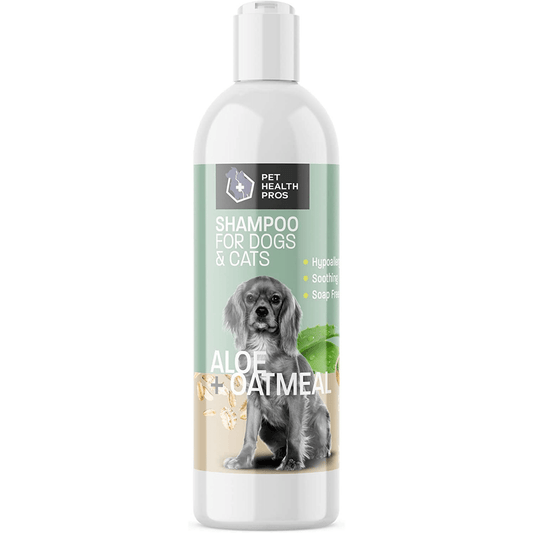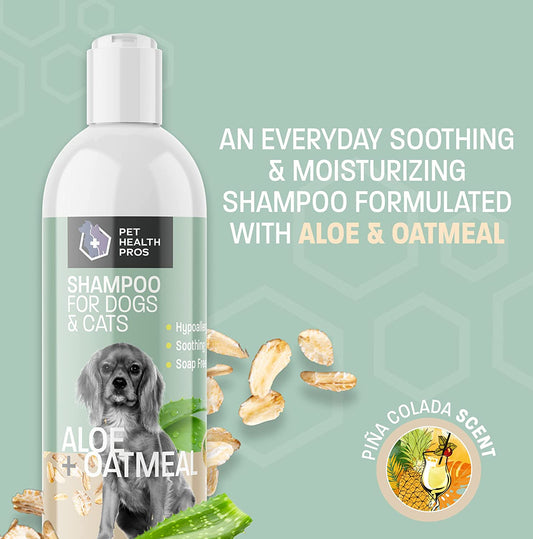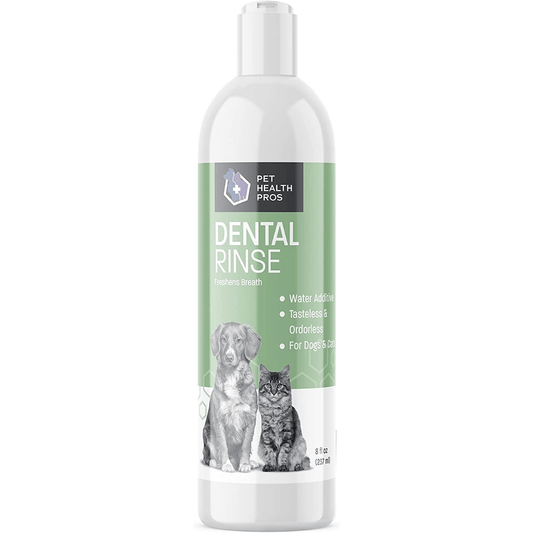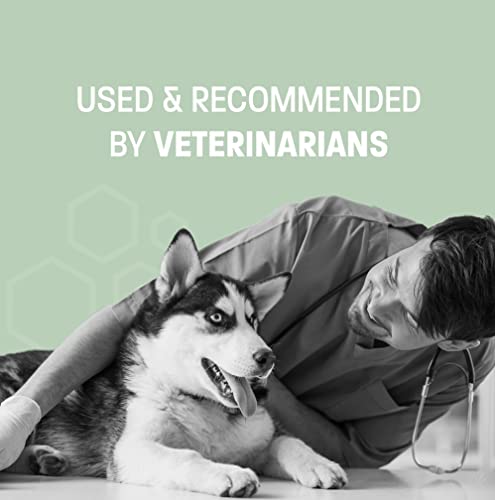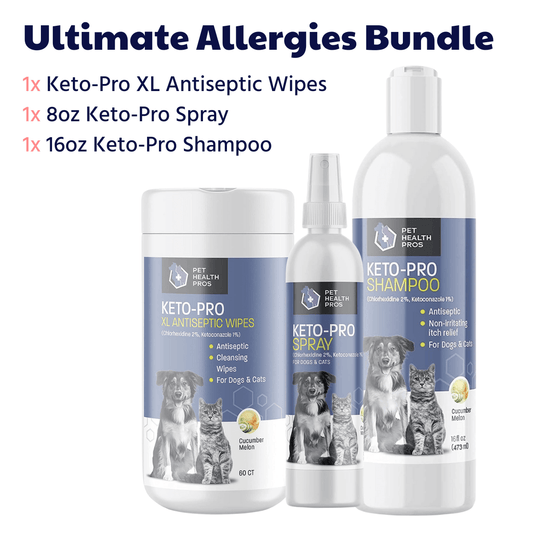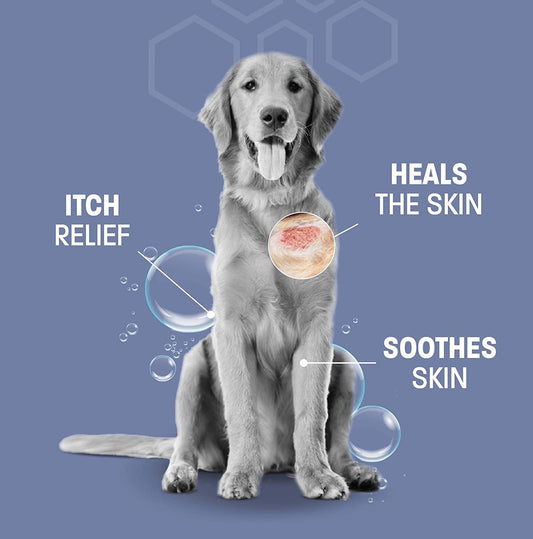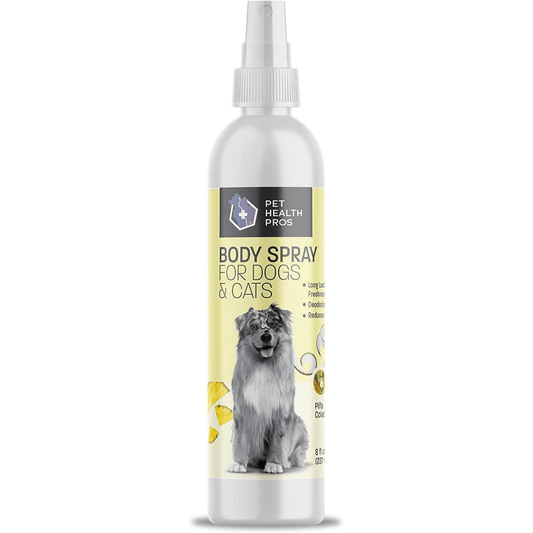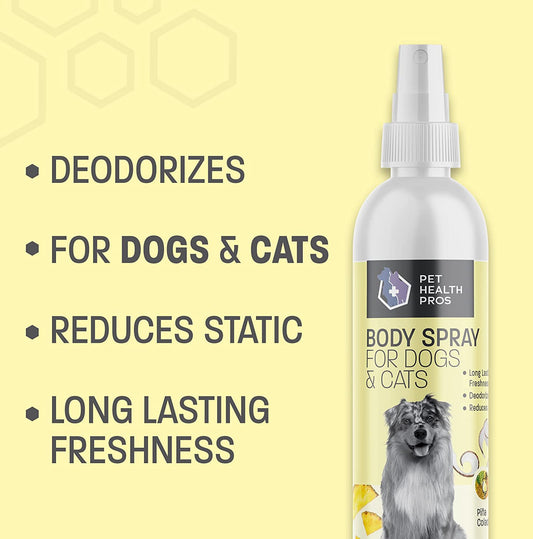Choosing the best dog chewing repellent for your home is essential for protecting your belongings and ensuring your pet's well-being. With various options available, from natural to commercial solutions, understanding the right product for your needs can be daunting. This guide will help you navigate the process, highlighting key factors to consider and offering expert insights.
Key Takeaways
- Understanding why dogs chew is crucial for selecting the right repellent.
- There are various types of repellents, including natural, commercial, and DIY solutions.
- Key ingredients play a significant role in the effectiveness and safety of repellents.
- Proper application methods and frequency are essential for optimal results.
- Evaluating the effectiveness of the repellent helps in making necessary adjustments.
Understanding the Need for Dog Chewing Repellent
Why Dogs Chew
Chewing is a natural behavior for dogs, often driven by curiosity, teething, or the need to keep their jaws strong. Understanding why dogs chew can help in addressing the root cause and finding the most effective solutions.
Common Household Items at Risk
Many household items are at risk of being chewed by dogs, including furniture, shoes, and electrical cords. It's important to identify these items and take preventive measures to protect them.
The Role of Chewing Repellents
Chewing repellents play a crucial role in deterring dogs from chewing on inappropriate items. They work by making the items taste unpleasant, thereby discouraging the behavior. Using repellents can be an effective part of a broader strategy to manage and redirect your dog's chewing habits.
Chewing repellents are not a standalone solution but should be used in conjunction with training and providing appropriate chew toys.
Types of Dog Chewing Repellents
When it comes to preventing destructive chewing, there are several types of dog chewing repellents available. Each type has its own benefits and drawbacks, so it's important to choose the one that best suits your needs and your dog's behavior.
Natural Repellents
Natural repellents are made from ingredients found in nature, such as citrus, vinegar, and certain essential oils. These repellents are often preferred by pet owners who want to avoid chemicals. Natural repellents can be effective, but their success may vary depending on the dog's sensitivity to the ingredients.
Commercial Repellents
Commercial repellents are products specifically designed to deter dogs from chewing. They often contain bitter-tasting substances that dogs find unpleasant. One example is the ebpp stop the chew 3x strength anti chew spray, which is known for its effectiveness. These products are convenient and easy to use, but it's important to follow the manufacturer's instructions for the best results.
DIY Solutions
For those who prefer a hands-on approach, DIY solutions can be a cost-effective option. Common household items like apple cider vinegar or lemon juice can be used to create homemade repellents. While DIY solutions can be effective, they may require more frequent application and experimentation to find the right formula.
Choosing the right type of dog chewing repellent can make a significant difference in protecting your household items and ensuring your dog's well-being.
Key Ingredients to Look for in Dog Chewing Repellents
Safe and Effective Ingredients
When choosing a dog chewing repellent, it's crucial to look for ingredients that are both safe and effective. Natural ingredients like citrus, cayenne peppers, vinegar, mustard oil, and coffee grounds are commonly used because dogs generally dislike their taste and smell. These ingredients are not only effective but also safe for your pets and household items.
Ingredients to Avoid
It's equally important to be aware of ingredients that should be avoided. Some commercial repellents may contain chemicals that can be harmful to dogs if ingested. Always check the label for any toxic substances and avoid products with artificial additives or harsh chemicals.
Understanding Labels
Understanding the labels on dog chewing repellents can help you make an informed decision. Look for products that clearly list all their ingredients and provide information on their safety and efficacy. A transparent label is a good indicator of a trustworthy product.
Always consult with your veterinarian before introducing any new product to ensure it is safe for your specific pet.
How to Apply Dog Chewing Repellent Effectively
Application Methods
To ensure the best results, it's crucial to apply dog chewing repellent correctly. Effective anti-chew sprays prevent destructive chewing by creating a bitter taste dogs dislike. You can use sprays, wipes, or even gels depending on the product. Always follow the manufacturer's instructions for the best outcome.
Frequency of Use
The frequency of application can vary based on the product and the severity of the chewing problem. Generally, you may need to reapply the repellent every few days or after the area has been cleaned. Consistent application is key to deterring your dog from chewing on household items.
Safety Precautions
When using any dog chewing repellent, safety should be a top priority. Ensure the product is safe for both your dog and the surfaces in your home. Avoid applying the repellent on items that your dog frequently uses for eating or sleeping. Additionally, always check for any adverse reactions and consult your veterinarian if you have any concerns.
Applying dog chewing repellent effectively requires a combination of the right product, proper application methods, and consistent use. By following these guidelines, you can protect your home and keep your dog safe.
Evaluating the Effectiveness of Dog Chewing Repellents
Signs of Success
When evaluating the effectiveness of a dog chewing repellent, look for noticeable changes in your dog's behavior. Reduced chewing on household items is a primary indicator that the repellent is working. Additionally, observe if your dog avoids areas or objects where the repellent has been applied.
Adjusting Your Approach
If the initial application does not yield the desired results, consider adjusting your approach. This might involve trying a different type of repellent, increasing the frequency of application, or combining the repellent with training techniques. Remember, consistency is key to success.
When to Consult a Professional
If you find that your dog continues to chew destructively despite using repellents and training, it may be time to consult a professional. A veterinarian or a certified dog trainer can provide insights into underlying issues and recommend tailored solutions.
Consistent monitoring and adjustments are crucial in ensuring the effectiveness of dog chewing repellents. Don't hesitate to seek professional advice if needed.
Top-Rated Dog Chewing Repellents on the Market
Customer reviews are a valuable resource when selecting a dog chewing repellent. Positive feedback from other pet owners can provide insights into the product's effectiveness and ease of use. Look for products with high ratings and detailed reviews that mention specific results.
Veterinarians and pet behaviorists often recommend certain brands based on their professional experience. These experts consider factors such as safety, ingredient quality, and overall effectiveness. Consulting with a professional can help you choose a repellent that is best suited for your dog's needs.
Dog chewing repellents are widely available both online and in physical stores. Popular online marketplaces like Amazon offer a variety of options, often accompanied by customer reviews and ratings. Additionally, pet specialty stores and veterinary clinics may carry recommended brands. Convenience and accessibility are key factors when deciding where to purchase your dog chewing repellent.
When selecting a dog chewing repellent, consider both customer reviews and expert recommendations to make an informed decision. This approach ensures you choose a product that is both effective and safe for your pet.
Additional Tips for Preventing Destructive Chewing
Providing Alternatives
One of the most effective ways to prevent destructive chewing is by providing appropriate alternatives. Ensure your dog has access to a variety of chew toys that are safe and engaging. Rotate these toys regularly to keep your dog interested. Consider toys that can be stuffed with treats to provide additional stimulation.
Training Techniques
Training your dog is crucial in curbing destructive chewing. Use positive reinforcement techniques to reward your dog when they chew on appropriate items. Consistency is key; make sure all family members are on the same page regarding what is acceptable for your dog to chew on. If your dog starts chewing on something inappropriate, redirect them to a suitable chew toy and praise them when they comply.
Creating a Chew-Friendly Environment
Creating an environment that discourages destructive chewing involves a few strategic steps:
- Dog-Proof Your Home: Remove or secure items that your dog might be tempted to chew on, such as shoes, remote controls, and furniture.
- Use Barriers: Utilize baby gates or playpens to restrict your dog's access to certain areas of the house.
- Provide Enrichment: Ensure your dog gets plenty of physical and mental exercise. A tired dog is less likely to engage in destructive behaviors.
Remember, preventing destructive chewing is a combination of providing alternatives, consistent training, and creating a supportive environment. With patience and persistence, you can help your dog develop healthy chewing habits.
To further protect your home from destructive chewing, consider exploring our range of specialized pet products. Our offerings are designed to keep your pets happy and healthy, reducing the likelihood of unwanted chewing behavior. For more detailed advice and product recommendations, visit our website today.
Conclusion
Choosing the best dog chewing repellent for your home involves understanding your dog's needs, evaluating the ingredients, and considering the effectiveness of various products. By following the guidelines outlined in this article, you can make an informed decision that ensures the well-being of your pet while protecting your household items. Remember, a good repellent not only deters chewing but also promotes a healthy and happy environment for your furry friend. For trusted and expertly crafted pet health supplies, consider exploring options from reputable brands like Pet Health Pros, who prioritize quality and customer satisfaction.
Frequently Asked Questions
Why do dogs chew on household items?
Dogs chew on household items for various reasons, including teething, boredom, anxiety, and natural instinct. Chewing helps them relieve stress and keep their teeth clean.
Are natural repellents safe for my dog?
Yes, natural repellents are generally safe for dogs as they are made from non-toxic ingredients. However, it's important to check the ingredient list to ensure there are no allergens or harmful substances.
How often should I apply dog chewing repellent?
The frequency of application depends on the specific product. Generally, you should reapply the repellent every few days or as directed by the manufacturer to maintain its effectiveness.
What ingredients should I avoid in dog chewing repellents?
Avoid repellents that contain harsh chemicals, alcohol, or any ingredients that are toxic to dogs. Always read the label carefully and opt for products with safe and natural ingredients.
Can I make a DIY dog chewing repellent at home?
Yes, you can make a DIY dog chewing repellent using common household ingredients like vinegar, citrus, or essential oils. However, ensure that the ingredients used are safe for dogs.
When should I consult a professional about my dog's chewing behavior?
If your dog's chewing behavior is excessive or if they are chewing on dangerous items, it's best to consult a veterinarian or a professional dog trainer. They can help identify underlying issues and provide appropriate solutions.


